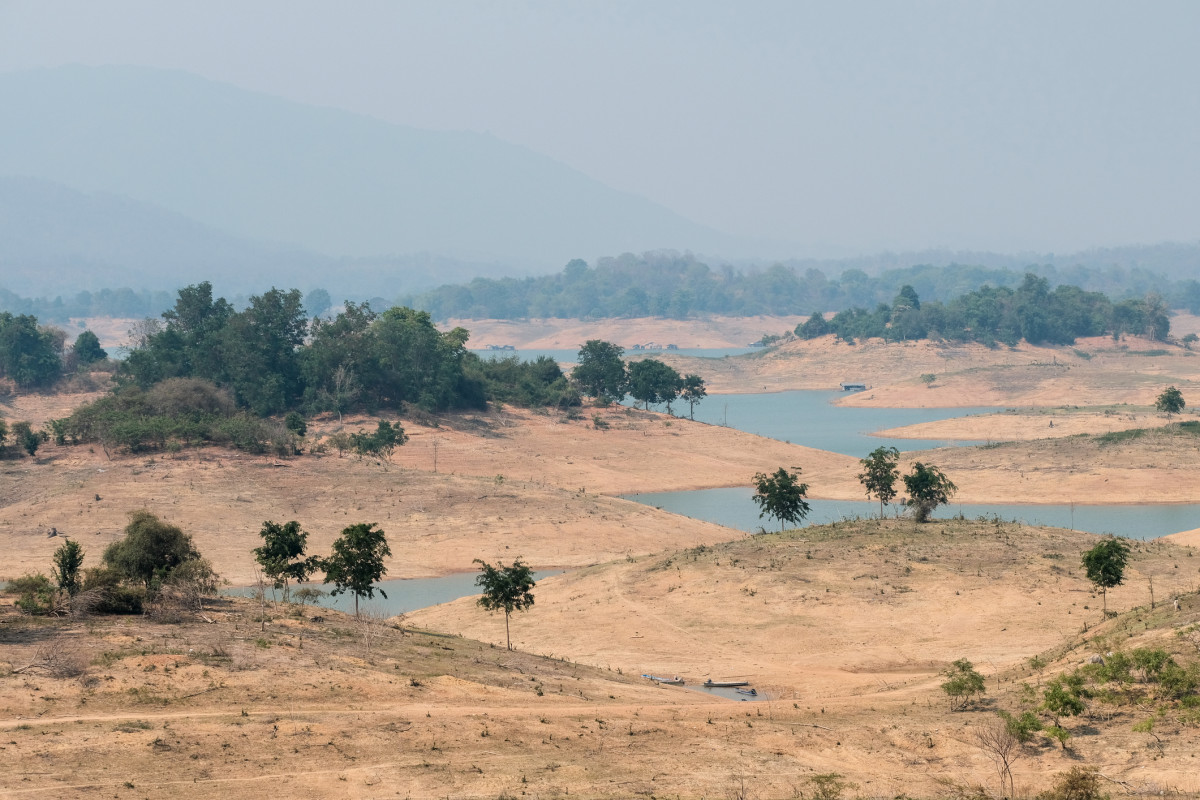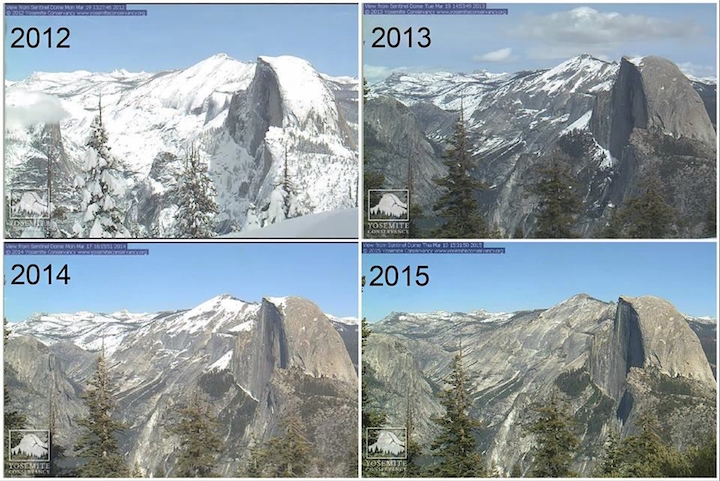 The western USA is no stranger to droughts. The intervals marked by hot, dry weather are common in states such as California, Arizona, and New Mexico during the spring and summer.
The western USA is no stranger to droughts. The intervals marked by hot, dry weather are common in states such as California, Arizona, and New Mexico during the spring and summer.
However, the region is currently experiencing one of the most severe dry spells the country has ever seen.
Water levels in bodies of water throughout the west are historically low, wildfires are burning rampant throughout multiple western states, and record-breaking temperatures are killing hundreds, among many other devastating effects.
Although the areas in the western and southwestern USA already tend to be hotter and drier than the rest of the country, the abnormally dry weather has persisted for weeks and even extended into normally wetter states in the Pacific Northwest and Northern Plains.
What Led to the Drought?
 The source of most droughts can be traced back to three main factors - melting snowpacks, decreasing levels of soil moisture, and rising temperatures.
The source of most droughts can be traced back to three main factors - melting snowpacks, decreasing levels of soil moisture, and rising temperatures.
Most of the usable water in the western US comes from an accumulation of melted snow that travels from mountain peaks down to reservoirs. Along the way, the melted snow provides moisture for swaths of soil. However, because the soil was excessively dry recently, it absorbed more of the water from the snowpacks, which means less water was captured in the reservoirs.
Additionally, the rapidly increasing temperatures have also caused the snowpacks to melt faster and the resulting water to evaporate faster - all leading to lower levels of water in the reservoirs. Lake Mead and Lake Powell, two large reservoirs that provide water to over 25 million people in the southwest, are at historically low levels of water from the warming climate.
As a result of human-driven climate change in recent years, temperatures are increasing faster and faster, leading to longer periods of extremely dry conditions such as this “megadrought”. And the results are devastating - including higher risks of wildfires throughout the west and the devastation of acres of farmland.
Impact and Concerns
From severe wildfires sweeping across the western and southwestern USA to shortages of water in reservoirs, the effects of the drought have been widespread and devastating.
 The flora and fauna of certain states are being wiped out at almost unheard rates. For example, Juniper trees, which usually thrive in the hot, dry Arizonian climate, are dying from the excessive dry heat.
The flora and fauna of certain states are being wiped out at almost unheard rates. For example, Juniper trees, which usually thrive in the hot, dry Arizonian climate, are dying from the excessive dry heat.
In Utah's Salt Lake County, officials are draining water from Sugar House Park’s famous pond because the stagnant water is causing outbreaks of a deadly bacterial disease in geese and other waterfowl.
The lack of precipitation throughout the region and low water levels in reservoirs have also impacted farmers and ranchers in New Mexico, Arizona, and especially California. This is predicted to deal a devastating blow to the multibillion-dollar agricultural sectors of these states and have lasting effects on the nation’s food supply.
The agricultural sector is not the only industry being threatened by the drought. As water levels drop in dams, there isn't enough "fuel" to produce hydropower, leading to a drop in the electricity generated. Some towns like Oakley in Utah are halting the construction of new homes to conserve water -- the mountain springs that sustained the towns and the Weber River are drying up.
As scientists continue to monitor the situation in the West, officials continue to search for viable solutions to address the devastation caused by the drought.
Sources: PBS, NY Times, NPR, Washington Post







